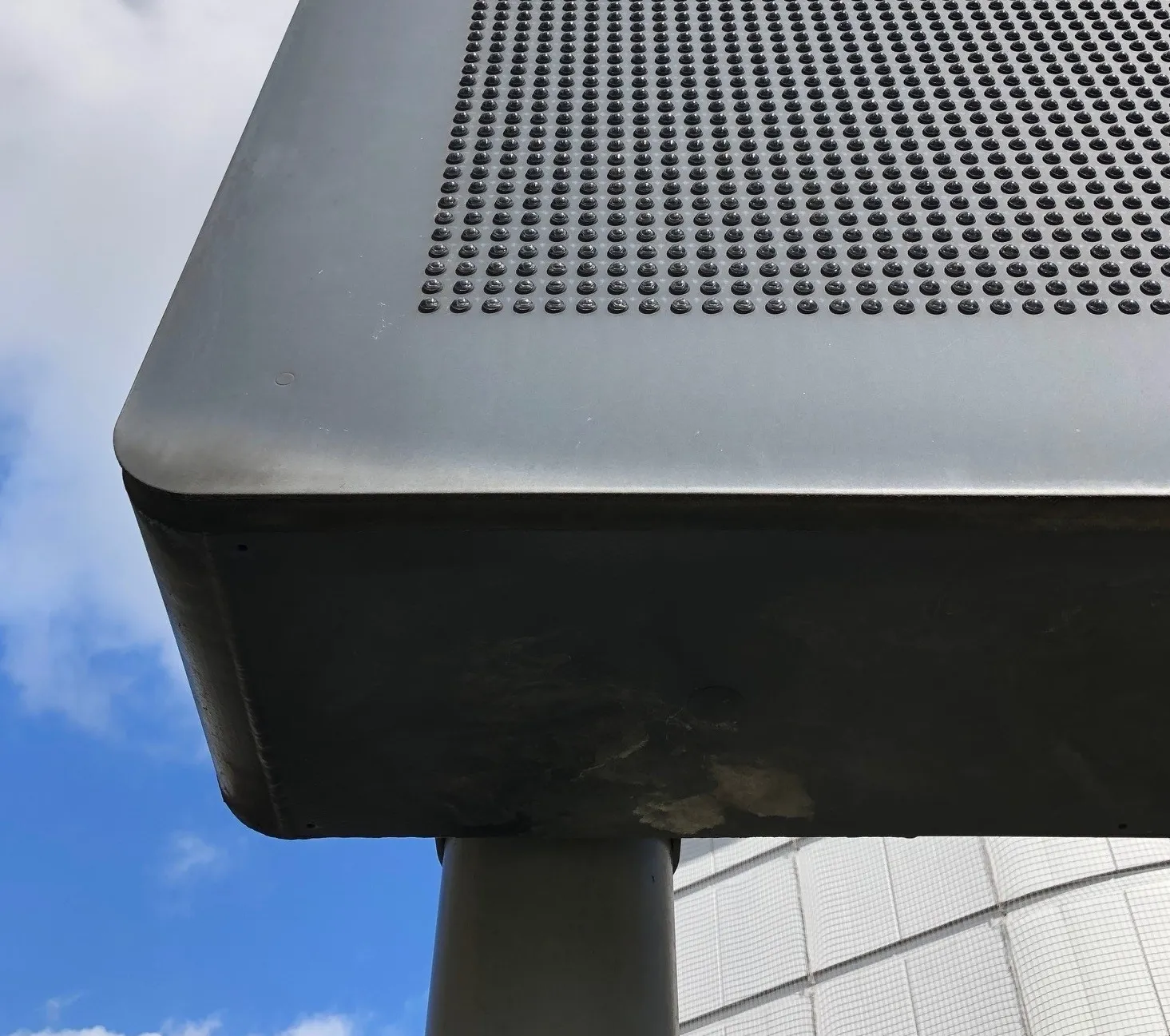The University of Alabama has installed Nedap’s uPass Reach long range UHF readers in a bid to improve traffic flow at its parking facilities for its over 33,000 students and employees.
Due to the nature of class scheduling, the university experienced a large rush hour coinciding with class times and needed a solution that could improve parking throughput without sacrificing the security of their facilities or the oversight of their pay-for-parking registration system. Mississippi-based Access Control
August 28, 2013
Read time: 2 mins
The University of Alabama has installed 3838 Nedap’s uPass Reach long range UHF readers in a bid to improve traffic flow at its parking facilities for its over 33,000 students and employees.
Due to the nature of class scheduling, the university experienced a large rush hour coinciding with class times and needed a solution that could improve parking throughput without sacrificing the security of their facilities or the oversight of their pay-for-parking registration system. Mississippi-based Access Control Group provided the uPass Reach readers, a straight-forward vehicle access control solution, while the cost-effective sticker and hang tags provided an effective and affordable solution for students and staff.
Mounted at the parking facility entrance lanes, the uPASS Reach's four metre read range allows for approaching vehicle credentials to be read and processed without the driver having to stop. Plus, the cost effective sticker and hang tags met the requirements of the University of Alabama to provide and effective and affordable solution to their student body.
Due to the nature of class scheduling, the university experienced a large rush hour coinciding with class times and needed a solution that could improve parking throughput without sacrificing the security of their facilities or the oversight of their pay-for-parking registration system. Mississippi-based Access Control Group provided the uPass Reach readers, a straight-forward vehicle access control solution, while the cost-effective sticker and hang tags provided an effective and affordable solution for students and staff.
Mounted at the parking facility entrance lanes, the uPASS Reach's four metre read range allows for approaching vehicle credentials to be read and processed without the driver having to stop. Plus, the cost effective sticker and hang tags met the requirements of the University of Alabama to provide and effective and affordable solution to their student body.









